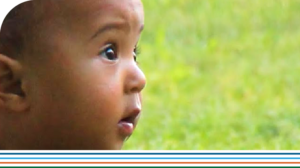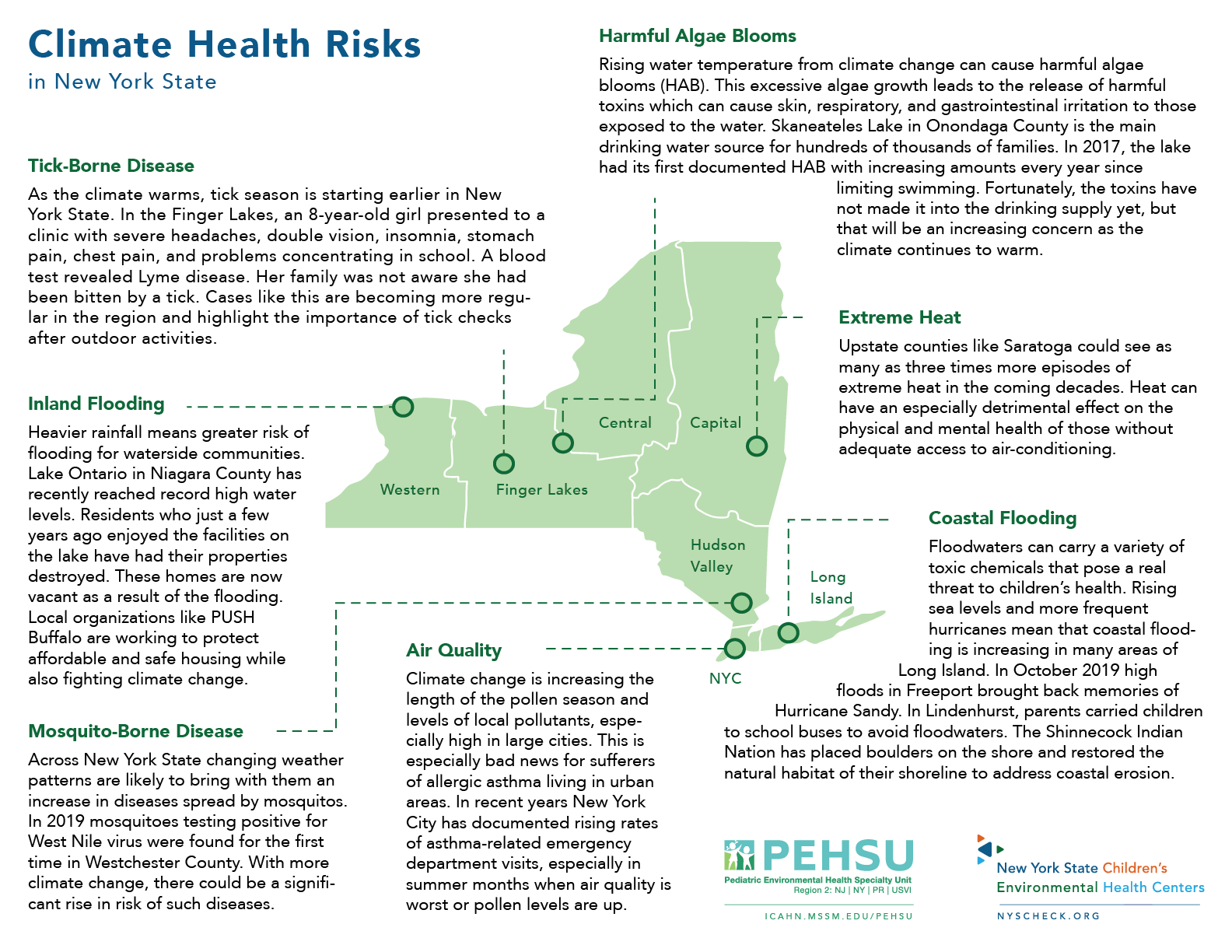Climate Change and Child Health in NY
Our team of environmental pediatricians has put together some information to help healthcare providers and the public understand why climate change is another form of environmental racism that unfairly affects the health of low income and black and brown communities more than others.
Climate change is accelerating health disparities across communities.
These disparities are costly.
There are impactful solutions for individuals and communities.
Climate change includes changing weather patterns and rising sea levels mainly due to activities like burning coal, oil, and other fossil fuels for energy. A key problem of these changes is that the people using the most energy are mostly those with power and money, and those that are most affected by climate change are low- income communities and BIPOC (Black, Indigenous, and People of Color) communities. Health professionals agree that climate change will be bad for the health of children, and worst for children in low-income communities and BIPOC communities.
The COVID-19 pandemic has shown us how our communities want action. Some of these most affected communities are also leading the way toward solutions. NYSCHECK partners, like WE ACT for Environmental Justice, not only supported front line communities in New York City to develop their own climate resilience plan but also serves critical roles advising NY state officials on climate action. Many other community groups from across New York State are also leading resiliency efforts.


